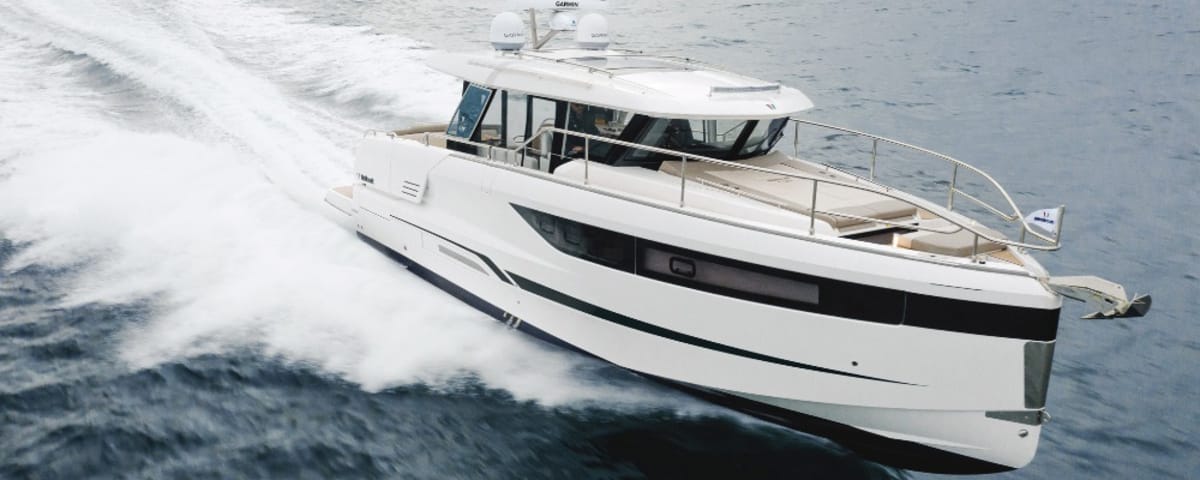The Resurgence of Wooden Boats: A Market Driven by Sustainability and Aesthetics
A Growing Market
According to a study by Verified Market Reports, the global wooden boat market was valued at USD 1.2 billion in 2024 and is projected to reach USD 1.8 billion by 2033, registering a compound annual growth rate (CAGR) of 5.0% between 2026 and 2033. This growth is fueled by increased demand for luxury yachts and custom boats, reflecting a growing preference for products that combine tradition and exclusivity.
Concurrently, the boat rental market is also experiencing significant growth. Estimated at USD 18.2 billion in 2021, it is projected to reach USD 31.2 billion by 2031, with a CAGR of 5.7%. This trend reflects a growing enthusiasm for nautical experiences, further reinforcing the demand for boats, including those made of wood.
Environmental Factors and Technological Innovations
The appeal of wood is also due to its ecological advantages. As a renewable resource, it offers a significantly lower carbon footprint than synthetic materials. Thanks to technical advances, its durability is now optimized by modern treatments that make it more resistant to water, UV rays, and parasites. This places it in direct competition with composites and metal alloys, especially for medium-sized units.
The integration of recent technologies, such as electric propulsion, into wooden hulls perfectly illustrates the material’s adaptability to contemporary objectives. Companies like RM Yachts, for example, prioritize local sourcing, which reduces the carbon footprint associated with transportation and supports regional forestry sectors.
This return of wood is also based on traditional know-how that shipyards have never really abandoned. By combining this heritage with innovation, they are now designing boats that are lighter, more efficient, and more durable. The authenticity of wood, combined with advanced technologies, is increasingly appealing to shipyards and owners. We are witnessing a true renaissance of the wooden boat, at the crossroads of artisanal tradition and the demands of our time.
Innovations Serving Sustainability
With environmental issues becoming central to industrial policies, wood perfectly meets the new requirements of sustainability. Modern methods of glued laminated timber, thermo-treatment, or resin saturation increase the material’s longevity without resorting to toxic products.
These innovations promote the emergence of cleaner processes in workshops, while preserving the mechanical and aesthetic qualities of wood. In a context where the decarbonization of the maritime sector is becoming urgent, wood appears as a concrete response, capable of combining structural performance and reducing CO? emissions.
The renewed interest in “low impact” constructions also contributes to this dynamic. It is no longer just about restoring classic units, but about building new sailboats and motorboats, designed from the outset with an eco-responsible approach.
Between Market and Aesthetics: Economic Advantages
Beyond the technical and environmental aspects, wood benefits from a strong aesthetic capital. Its grain, natural colors, and the warmth it exudes make it a material of choice in a sector where design plays a major role. In the high-end market, as well as among some more modest manufacturers, the aesthetic argument is often coupled with an attachment to the values of authenticity and sustainability.
The return of wood is therefore not limited to a nostalgia for the past. It is part of a broader movement of seeking identity, unique pieces, and personalization. As customer expectations evolve towards more exclusivity and environmental commitment, wooden boats are finding their place, gradually redefining the standards of contemporary shipbuilding.
Experts speak of a true synergy between tradition and modernity. Far from being in competition, artisanal methods and industrial processes complement each other. This alliance opens the way to new economic perspectives, while valuing local know-how and contributing to the dynamism of coastal regions.
Challenges and Future Prospects
Despite this enthusiasm, some obstacles remain. Production costs remain high, mainly due to the labor time required and the price of noble wood species. Maintenance, even if it has been greatly simplified by new treatments, requires a minimum of care and regularity.
But the signals remain positive. The steady increase in sales, technical innovation, and the growing support of environmental policies show that wood has regained industrial credibility. Projections confirm this potential: the wooden boat market could reach USD 1.8 billion by 2033, with a growth rate accelerating from 2026.
As the industry rethinks its value chain, from the forest to the pontoon, the use of wood becomes a lever for transformation. While some still see it as a niche or a luxury trend, others already perceive a lasting shift, capable of influencing shipbuilding as a whole.
By regaining its place in shipyards, wood is not simply being brought back into fashion. It embodies a response to contemporary requirements in terms of sustainable development, technical innovation, and aesthetics. Whether it is a surge of nostalgia for an ancient know-how or a true industrial revolution, the material seduces with its ability to combine beauty, performance, and environmental responsibility. At a time when the ecological transition is becoming a structuring issue for all sectors, wood could well mark a decisive turning point in the history of shipbuilding.
Enjoyed this post by Thibault Helle? Subscribe for more insights and updates straight from the source.


